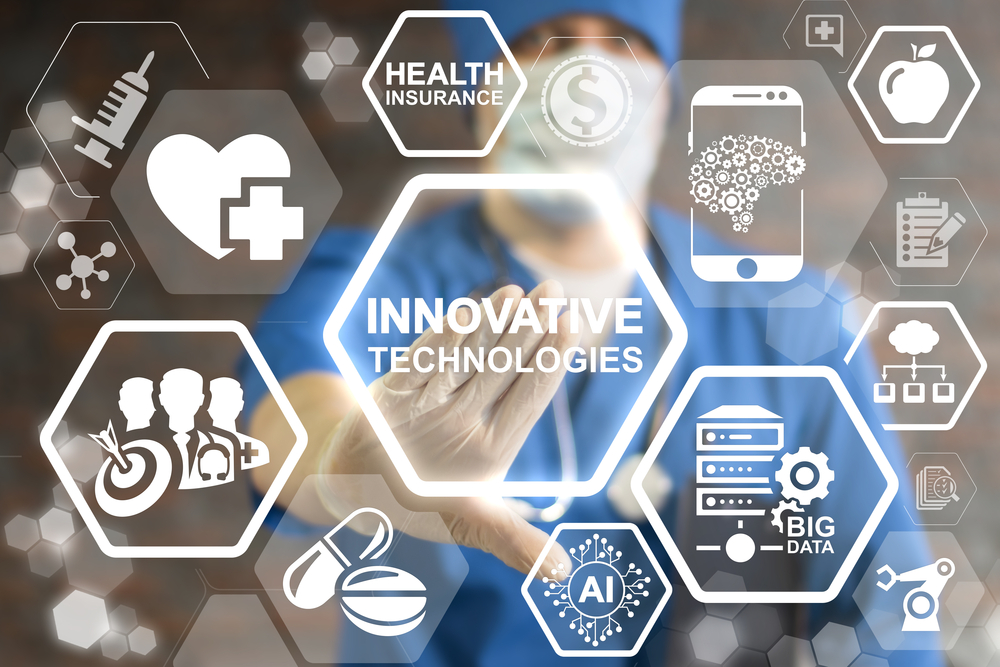The relationship of IT and healthcare has brought about transformative solutions that not only streamline clinical processes, but also ensure patient data is available when it’s most needed. Take a look at the latest innovations (and risks!) that global healthcare faces today.
Estonia’s eHealth Vanguard
Estonia, a nation celebrated for its forward-thinking attitude to digitisation, has set a remarkable precedent in healthcare IT. Their e-health system, a prodigious assemblage of more than 95% digitised patient-generated data, showcases the seamless integration of health services into the Blockchain.
The eAmbulance initiative, a rapid response solution, is particularly revolutionary. It is capable of pinpointing and deploying an ambulance to an emergency within 30 seconds, armed with the patient’s critical health information accessible via mobile desks, even before reaching the patient.
Imagine the scenario: An ambulance races against time, and en route, the medics are informed of the patient’s critical health data without delay – there’s no need to wait until they get to the hospital find the records. This is the reality of Estonia’s healthcare landscape. The incorporation of technologies such as Blockchain ensures both the security of access and the integrity of the data, thus addressing the delicate balance between availability and privacy.
Oncology Management Services and IT Systems
When it comes to specialised healthcare IT services like oncology management services, having purpose-built systems play a pivotal role. They support complex treatment protocols and the management of sensitive patient data, which must be safeguarded with the utmost precision.
Sophisticated IT solutions can help a personalised assessment of each patient and treatment plan. It’s not just about having a CRM that is capable of healthcare services, but also ensuring hardware and software is up to date, any IoT is secure, and all potential cyberattacks are proactively defended against.
Technological interventions in this domain not only facilitate enhanced patient care but also necessitate advanced security frameworks to protect against data breaches and cyber intrusions.
The NHS: A Cybersecurity Battlefield
With such digital advancements comes a heightened risk of cyber threats, as seen with the National Health Service (NHS) in the UK. NHS systems have been at the center of significant cyberattacks, resulting in widespread service outages.

A recent attack on the NHS 111 emergency service via a managed service provider led to major disruptions, impacting patient referrals and the coordination of out-of-hours GP services across the four nations of the UK. This incident underscores the constant vigilance and robust cybersecurity measures required to protect sensitive health data from nefarious actors.
The attack on the NHS was swiftly identified and contained, demonstrating the importance of an effective incident response capability. Such interventions are crucial for maintaining the integrity of healthcare services and patient trust, and they’ve never been more important. It’s an ongoing battle against cyber threats that demand a proactive and resilient IT infrastructure to deter, detect, and respond to incidents.
Interoperability: The Key to Connected Healthcare
Interoperability in healthcare IT is transforming patient care by enabling diverse systems and organisations to seamlessly share and utilise information. It ensures that patient data is accessible when and where it’s needed, securely and efficiently. With the adoption of standards like HL7 and FHIR in the US, healthcare providers are now able to exchange medical records accurately, fostering a more collaborative environment for patient care.
However, as healthcare networks become more integrated, they also face greater security risks. The interconnected nature of these systems means a breach in one can affect the entire network. Maintaining data security in an era of interoperability is as crucial as the data exchange itself. It demands stringent, multi-layered cybersecurity strategies that protect not just single entities but the entire data exchange network.
The evolution of data exchange standards also requires healthcare providers to continually update their IT systems and protocols, which can be both costly and complex. Despite these challenges, the advantages of a connected healthcare system—improved care coordination, enhanced patient outcomes, and more informed decision-making—cannot be understated. As we move forward, the goal is to harmonise the benefits of interoperability with robust safeguards for privacy and security, ensuring that patient data supports health without compromising safety.
Embracing Digital Health: A Global Imperative
The advancements in Estonia and the challenges faced by the NHS serve as global learning points. As we continue to embrace digital health, it is important that the security of IT systems is given equal emphasis to protect against cyber threats.
The future of healthcare lies in the balance of innovation and security, ensuring that life-saving information is available at a moment’s notice, without compromising patient confidentiality. There are many insurance companies, among other parties, that would enjoy such information.
In conclusion, as healthcare IT systems evolve, they bring forth incredible benefits in patient care and emergency response, but they’re as much about protecting data as they are efficiency.